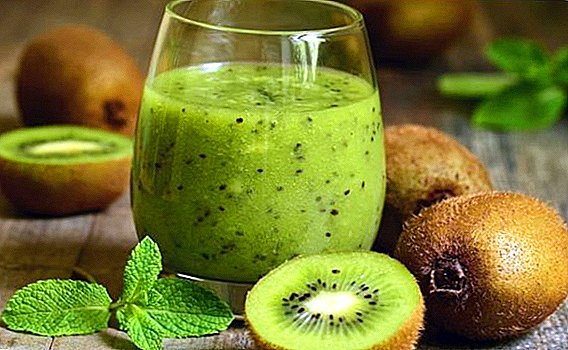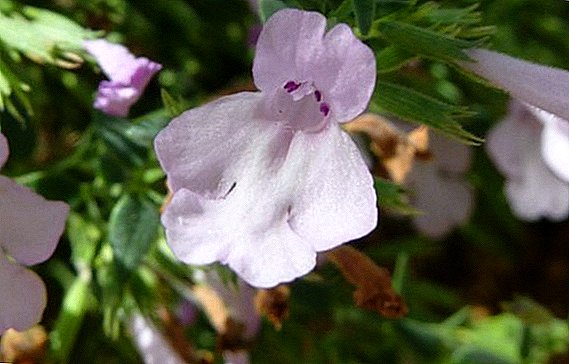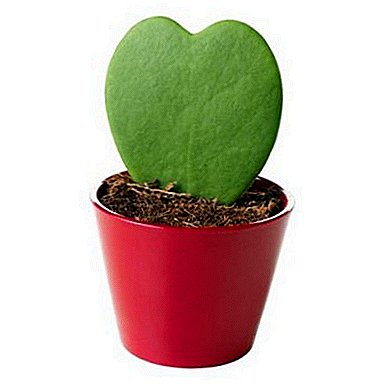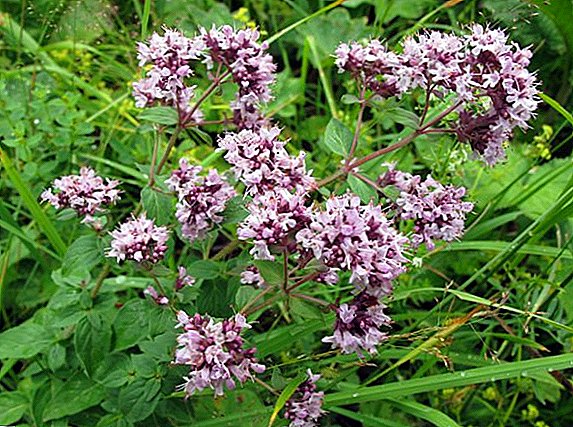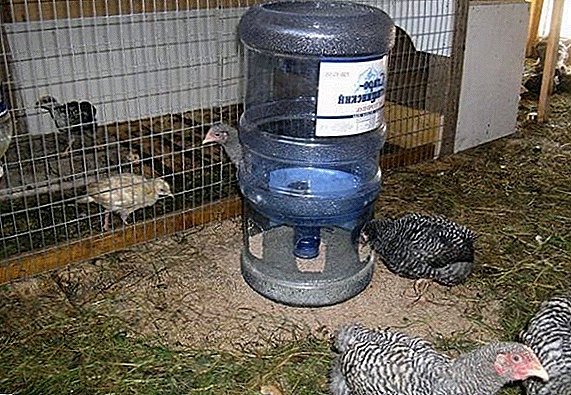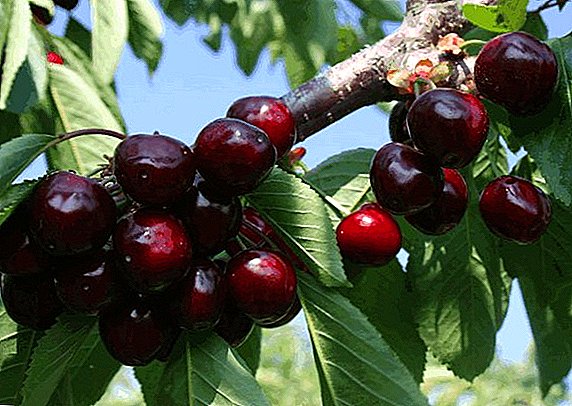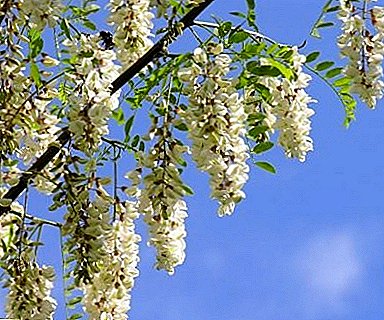
The poetic image of fragrant snow-white inflorescences lay in the refrain of the popular hit: "... grapes are fragrant." The heat-loving, long-lived plant on which they bloom has become the talisman of Paris and the symbol of Odessa. On the basis of its essential oils, the most exquisite perfumery compositions are created, and the aroma during the flowering period serves as a call for bees and a medicine for those who have lost courage.
Stereotypes and ... that in the middle
However, not all plants, established in the minds of contemporaries like acacias, are such. On the territory of our country, in different climatic latitudes grow:
- white acacia, which is more correct to call robinia belonging to the legume family;
- yellow acacia, according to the classifier of the flora of the Russian Federation is listed as "Karagana", kinship with Robinia gives the popular name - "pea plow"
- silver acacia, which is an indisputable representative of the Acacia genus; however, it is popularly known as "mimosa";
- Lankaran acacia (albition) comes from the tropical forests of the African continent and Southeast Asia.

The most decorative inflorescence has Robinia: the flower itself is larger, and loose inflorescences are more significant, and the varietal characteristics allow differences in the color of the flowers: from a chaste white to different shades of pink.
Light-loving Robin though appear more and more often in the landings of the Middle Band, but due to low winter hardiness not ready to move to the north of the European part of Russia, like the Karagan.
The exotic decoration of the coastal cities of the Crimea and the Caucasus is flowering albition tree. Well, the guest from the southern hemisphere is a silver acacia, never leaves the Black Sea coast of the Caucasus, where it has been cultivated since the mid-19th century.
All these plants, differing in size and shape, characteristics of the flower and periods of flowering, serve mainly decorative and protective purposes:
- as planting along streets and roads in a forest belt;
- as green hedges in the design of park paths;
- as group or solo elements of landscape design;
- like flowers to cut into a bouquet.
The growing region largely determines terms of flowering of these plants: There are varieties of robinia, which have several periods of flowering per season and are decorated with lush inflorescences almost all summer. And the wild-growing silver acacia goes through a phase of flowering from January to April, therefore its yellow fluffy flowers delight women on the very day of their International holiday.
The end of the flowering period is determined by the timing of the formation of fruits:
- in white acacia, they ripen by November;
- in yellow (Karagan) - by the middle of summer;
- in silver - a pod with separately packed seeds appears by the beginning of autumn (August-September);
- Lankaran beans ripen only by November.
In a flower - a fantasy of nature
When and how does Acacia blossom?
Robinia and Caragana flowers are similar in structure, as they belong to the same family:
- irregular shape, pyatilepestkovogo structure, where two intergrown lower petals form a boat;
- nectar cavities are located below the mobile anthers, which implies pollination by insects with a special device of the oral apparatus;
- flowers are collected in a brush, which is smaller in Caragana in length and number of flowers (up to 5);
- yellow acacia flowers are not as strong as white and less spicy;
- Both species are ready to bloom in the second year after planting and bloom in the same way - in late spring - early summer;
- the length of the flowering phase depends on the climate: in a cool one, flowering lasts up to 3 weeks.
Flowers of silver acacia are arranged quite differently: although they have 5 petals, but much smaller than the general ideas about the flower, among other things, they are collected in spherical formations of 20-30 pieces each. Yellow fluffy balls with a diameter of 4-8 mm form a flourish inflorescence with a floral-woody scent rich in shades. It has been scientifically proven that the floral note of mimosa fragrance harmonizes the psycho-emotional sphere of a person, especially women, and, together with the color of flowers, acts as an antidepressant.
Albizia flower not significant in itself (faded corymbylum panicle), but the fluffy beauty of its long pink stamens, gathered in bunches. Its aroma is so gentle and subtle that it improves a person’s emotional background at the subconscious level. White, yellowish, pink inflorescences of this acacia, differing in their special fluffiness, have won themselves another love name among the people - “silk flower”. The flowering process in her stretches from August to October, when other plants are already puzzled by the ripening of fruits.
Acacia at home

Robinia as a vigorous tree, with a spreading crown is clearly not suitable for indoor breeding, but silver acacia is quite possible to grow in a flower pot: in 2-3 years it will turn out 60 cm bush, capable of flowering.
For reproduction, seeds that have previously undergone scarification are suitable (sequential exposure to boiling water and 12-hour soaking in cold water).
For the flowering phase matters stability of positive temperatures (+ 25◦С), humidity not lower than 60% and high agricultural background.
Karagan - a plant of an open ground, and Lankaran silk acacia can be grown in a spacious room or greenhouse. To successfully complete such an experiment, several conditions are important:
- sufficient illumination with diffused light;
- comfortable temperature condition within 20-25 20С;
- drainage soil in a large diameter pot;
- two modes of watering (for summer and winter) without drying the coma.
- Last tip:
- For Robinia and Acacia as a fast-growing plant, trimming of root growth is important when forming a bole.
- All plants of this species are shown sanitary pruning at the beginning and end of the vegetative cycle.
- Gardeners recommend cutting silver acacia after flowering at the level of inflorescences.
- Indoor cultures are more demanding on the agraphone, but they are also taken by very patient and inquisitive people.
A photo
Next you can see the photo of the blooming Acacia:




Useful materials
Below is a list of articles that may be useful to you:
- Types of Acacia:
- Yellow Acacia
- Lankaran Acacia
- Black Acacia
- Silver Acacia
- Sand Acacia
- White Acacia
- Pink Acacia
- Acacia Catechu
- Care of Acacia:
- Acacia in medicine
- Landing Acacia


